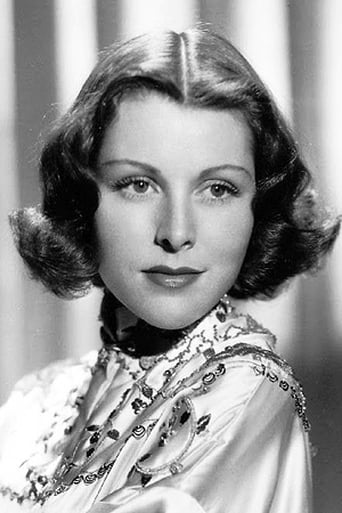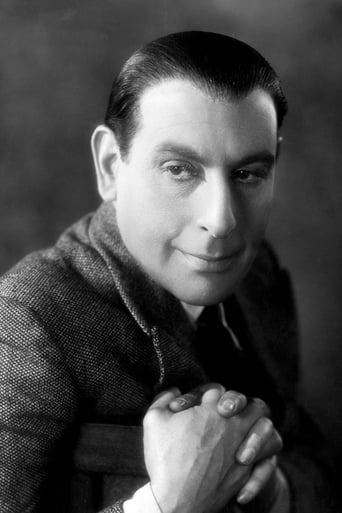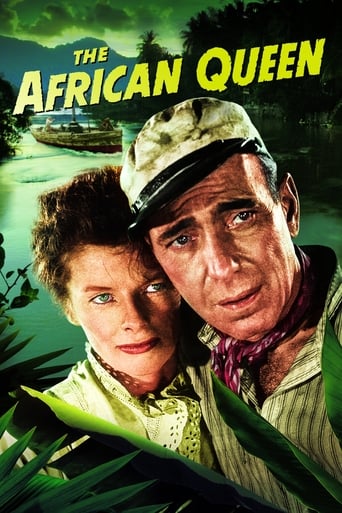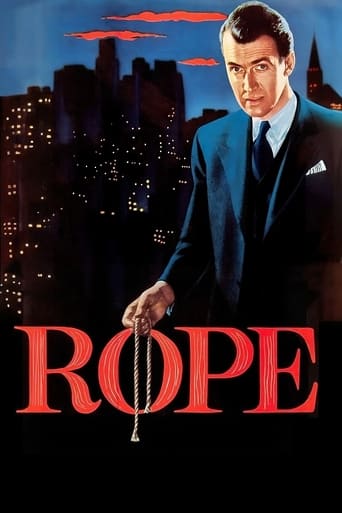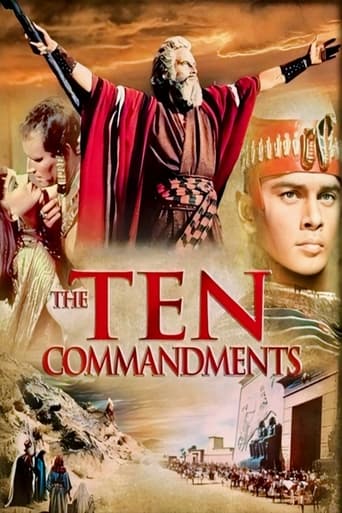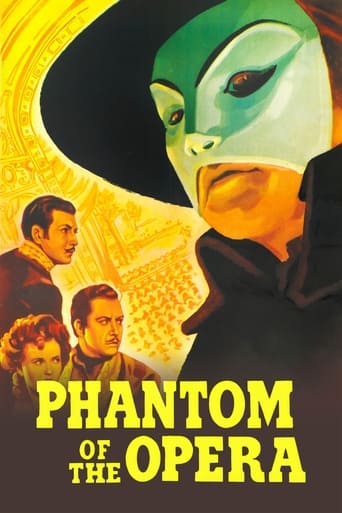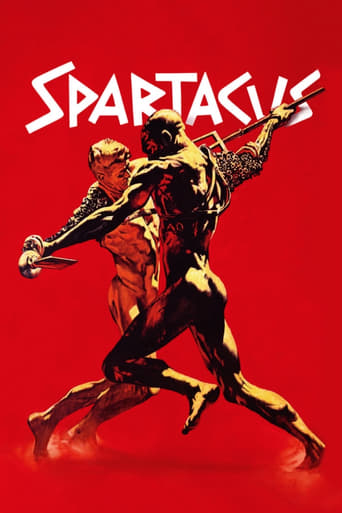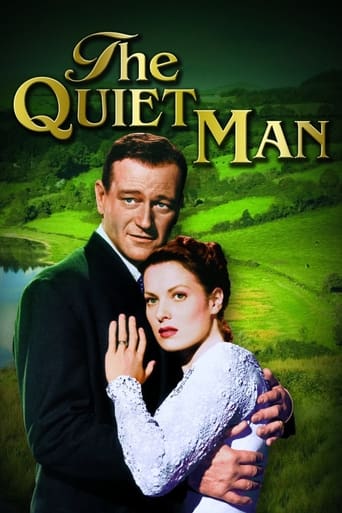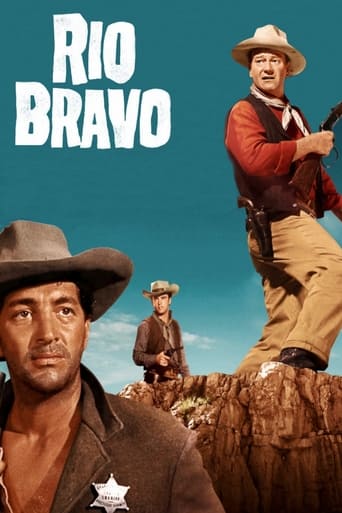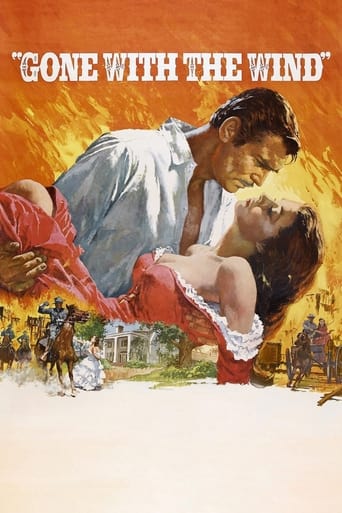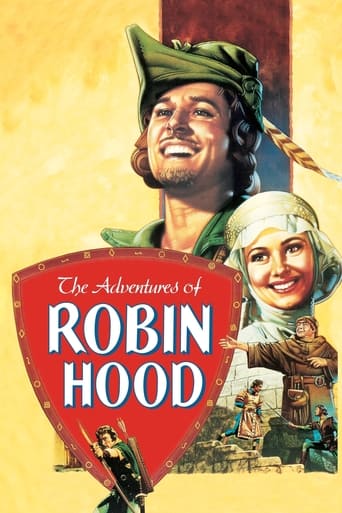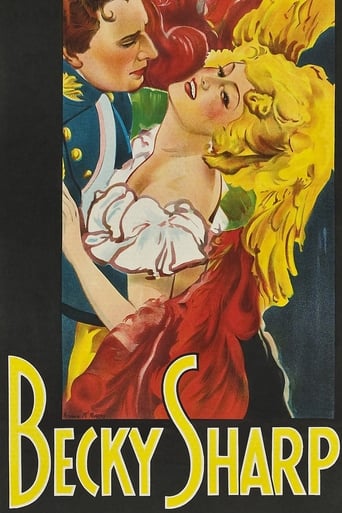

 Watch Now
Watch Now





Becky Sharp (1935)
 Watch Now
Watch Now





The first feature length film to use three-strip Technicolor film. Adapted from a play that was adapted from William Makepeace Thackeray's book "Vanity Fair", the film looks at the English class system during the Napoleonic Wars era.
Watch Trailer
Cast


Similar titles
Reviews
Best movie ever!
Fanciful, disturbing, and wildly original, it announces the arrival of a fresh, bold voice in American cinema.
There is, somehow, an interesting story here, as well as some good acting. There are also some good scenes
The movie's neither hopeful in contrived ways, nor hopeless in different contrived ways. Somehow it manages to be wonderful
Copyright 13 June 1935 by Pioneer Pictures, Inc. Released through RKO-Radio Pictures. New York opening at the Radio City Music Hall: 13 June 1935 (ran two weeks). U.S. release: 28 June 1935. U.K. release: 11 July 1935. Australian release: 18 September 1935. 9 reels. 84 minutes. NOTES: Langdon Mitchell's play opened in New York on 12 September 1899 and ran a moderately successful 116 performances. It was revived no less than three times, the last in 1929. This film version was the first feature to be photographed entirely in three-strip Technicolor. Shooting commenced on 3 December 1934 under the direction of Lowell Sherman, who died on 28 December. Mamoulian took over on 14 January 1935, and re-shot all Sherman's footage. Miriam Hopkins was nominated for the year's most prestigious award for Best Actress, losing to Bette Davis in Dangerous.COMMENT: Just as the play presented a potted version of the novel, so the film presents a potted version of the play. Nonetheless, although it will undoubtedly disappoint fans of Thackeray, it's a mighty entertaining offering. And not just for its often inspired use of color in sets and costumes, its lavish production values, its occasionally imaginative direction and sometimes exceptionally deft film editing. Although she is inclined to over-act her scheming Becky, Miriam Hopkins maintains interest in her characterization. In fact, she dominates the movie to such an extent, the other players-with the notable exception of strong-minded Alison Skipworth-are often put in the shade. Even Sir Cedric Hardwicke gives up the unequal struggle and is content merely to mouth his lines. True, Nigel Bruce and Alan Mowbray seem determined to make the most of their scenes, but their valiant efforts come to little. Only Tempe Pigott manages briefly to share the Hopkins limelight. Billie Burke is hardly in the movie at all, and even the lovely Frances Dee makes little impression. But for all its relentless concentration on the often unsympathetic Becky, the movie, as said, is always enjoyable. Indeed it's one of those rare films that you feel you need to see again.
...in a very truncated version of "Vanity Fair". Also the quality of the visuals is poor, the new use of color is not great, and it seems more like a filmed play than a movie. None of the male actors are attractive in their roles, and the entire cast seems to be acting on a very hectic level. The pace is too rushed, as though they know they have far too little time to try to tell this sprawling story.But I enjoy costume drama, and it is that.Miriam's Becky is more shrill than charming, making it hard to believe that so many men fell at her feet.Also the wigs are bad.
The 1935 film "Becky Sharp" remains important chiefly for being the first major movie shot in Technicolor. The story is an abridged version of William Makepeace Thackeray's 19th Century novel "Vanity Fair." Becky Sharp is the main character of the book and is a social-climbing hussy with few redeeming qualities, except for her good-looks. Thackeray didn't judge her too harshly, however. He was more interested in satirizing British society, in general. "Vanity Fair" was indeed his greatest work although he's also known for writing "The Memoirs of Barry Lyndon" which Stanley Kubrick brought to the screen in the mid-1970's. Miriam Hopkins may have been a bit old to be playing the conniving Becky Sharp but she gives it her best shot. Unlike the novel, Hopkins' character is at least somewhat justified in her decision-making process even while retaining the frivolous part of her personality. The key scene in the film is near the end when director Rouben Mamoulian re-enacts the famous Duchess of Richmond's ball at her Brussels estate on the eve of the Battle of Waterloo. It's done with a definite flair for the dramatic along with some well-placed historical references. The ominous sounds of war are heard in the distance as the great ball comes to a premature end; its frightened participants running off into an uncertain future.The cast is filled with some familiar faces from the past. Beautiful Frances Dee livens up the screen as Becky's good pal Amelia. Nigel Bruce, best remembered for playing Doctor Watson alongside Basil Rathbone's Sherlock Holmes, does some adequate work as one of Becky's admirers. Sir Cedric Hardwicke is also around as a British aristocrat with a roving eye for the ladies. Recently, Reese Witherspoon tried her luck in the role of Becky Sharp in the 2004 film version of "Vanity Fair" with mixed results. At least she was young enough for the part.
I just had the pleasure of seeing the restored version of "Becky Sharp", and, like others who had taped this back in the bad old days of nearly monochromatic, public domain copies of this title, the improvement amounts to seeing an entirely different film. The use of color was striking and surprisingly well considered. As a writer, I found the dialogue delightfully rich in the manner of what were admittedly more sophisticated films of the 30's. Make no mistake, other than the admirable use of 3-strip Technicolor on its first feature film outing, this is no masterpiece--Mamoulian's name in the credits notwithstanding. But compared to today, with dialogue now largely dismissed as unnecessary to filmed "entertainment", it was brilliant. I could finally hear 90% of it, whereas in the old Cinecolor print, most of it was unintelligible. What pains me is that audiences seem unable (or unwilling) to enjoy dialogue that was meant to be listened to and appreciated on its own account. I heard nary a chuckle during any the witty ripostes of which Beck Sharp has its(and her) fair share of. A shame.



